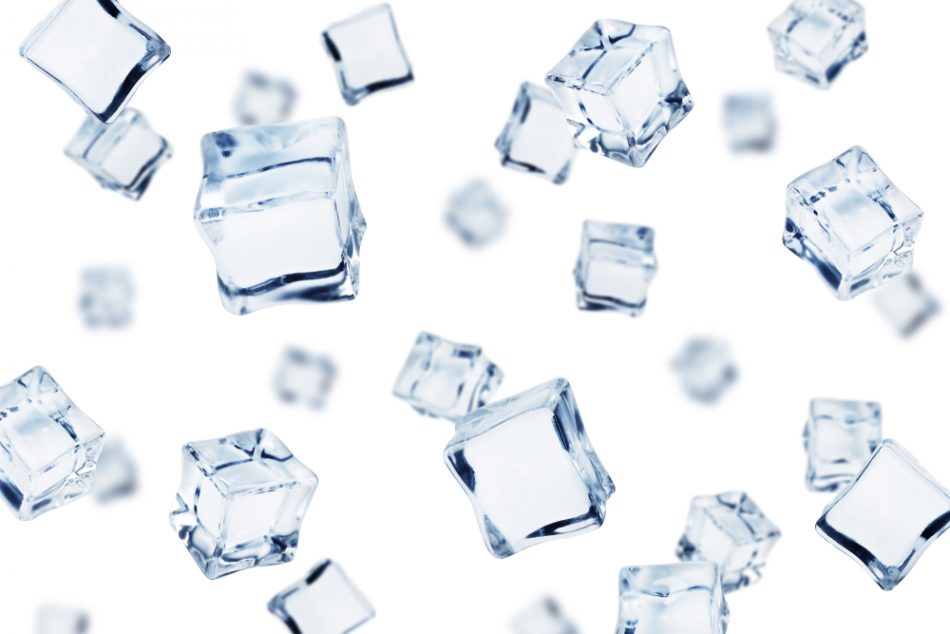Believe it or not, scientists have been levitating water since the 18th century. The Leidenfrost effect was first described in 1751 by a German doctor and theologian, who named the phenomenon after himself. Using a high temperature plate of 150˚C, he observed that a water droplet could be made to float above the surface instead of boiling. Here, a layer of vapor is trapped beneath the hot surface and the top of the droplet, resulting in ‘levitating’ water.
“There are so many papers out there about levitating liquid, we wanted to ask the question about levitating ice,” said associate Professor Jonathan Boreyko, from Virginia Tech, “It started as a curiosity project. What drove our research was the question of whether or not it was possible to have a three-phase Leidenfrost effect with solid, liquid, and vapor.”
Levitating ice
The paper, published in Physical Review Fluids, discusses the team’s journey to perform this ambitious magic trick. Firstly, they found the temperature threshold for ice levitation was nearly four times higher than water, with anything below that temperature causing the ice to meltdown. So why is such a higher temperature needed?
Well as you can guess the answer is complicated, but in simple terms, it comes down to principles of energy transfer. As the temperature difference between the two states of ice (0˚C) and water vapor (100˚C) is so huge, achieving levitation is much harder. Maintaining this extreme temperature difference requires a lot more energy, and this energy is being taken from the hot surface. Therefore, as Boreyko stated: “only a tiny fraction of the energy [is left to be able] to produce vapor.”
How can we apply this discovery?
Apart from this discovery being extremely cool, it also has many important potential applications. Heat transfer plays a role in an enormous amount of areas in our lives, including car engines, computer servers, nuclear plants, and creating metal objects, to name a few. Understanding how these systems operate, in terms of energy transfer, means that they can be made more efficient with faster cooling times and safer protocols.
Boreyko also saw the potential of ice in firefighting: “You could imagine having a specially made hose that is spraying ice chips as opposed to a jet of water. This is not science fiction. I visited an aerospace company that has an icing tunnel and they already have this technology where a nozzle sprays out ice particles as opposed to water droplets.”
Source study: Physical Review Fluids – Three-phase Leidenfrost effect











